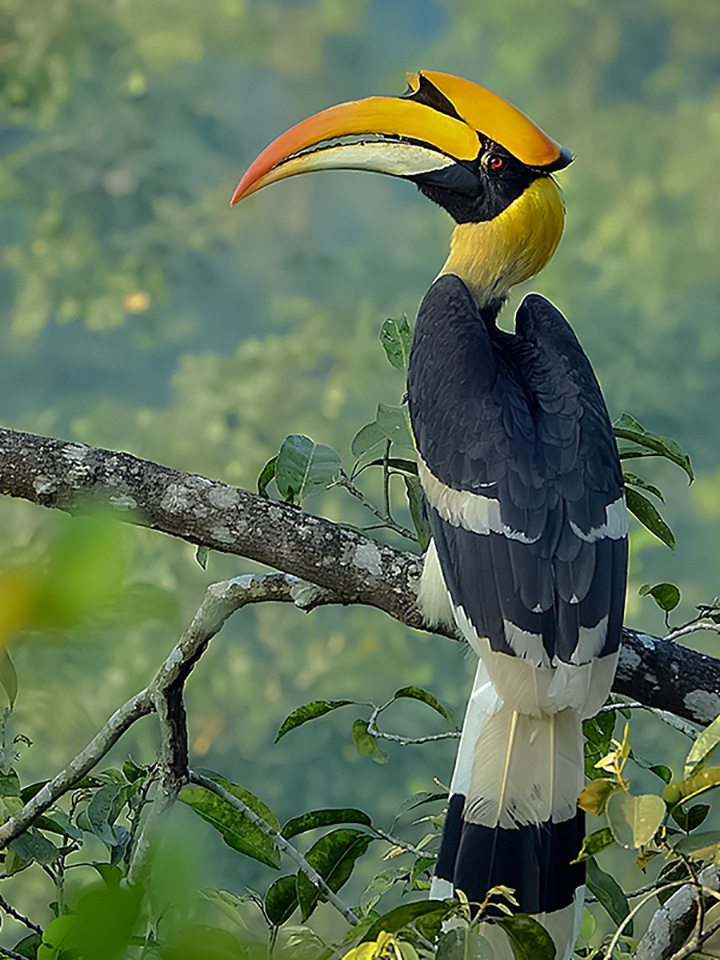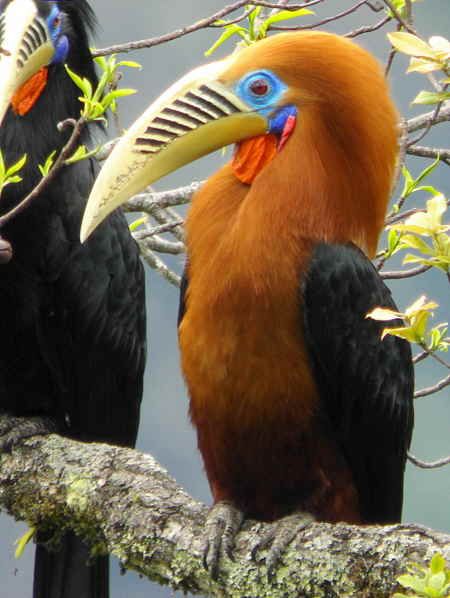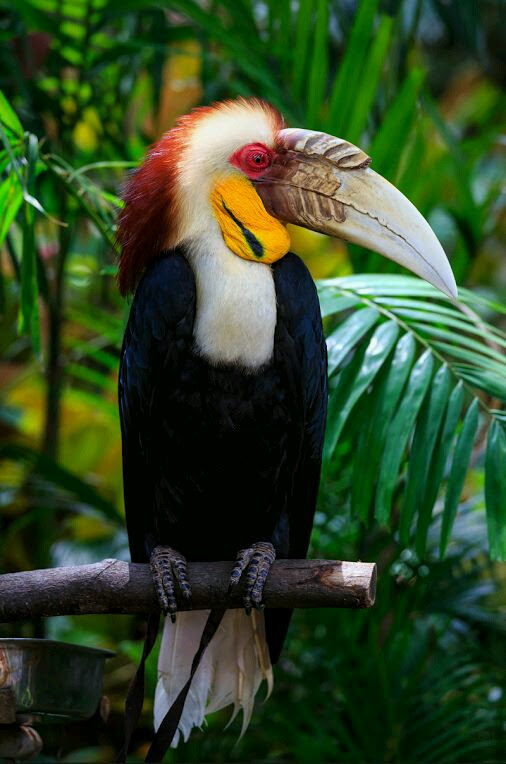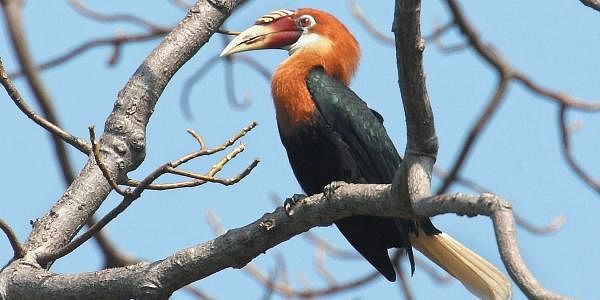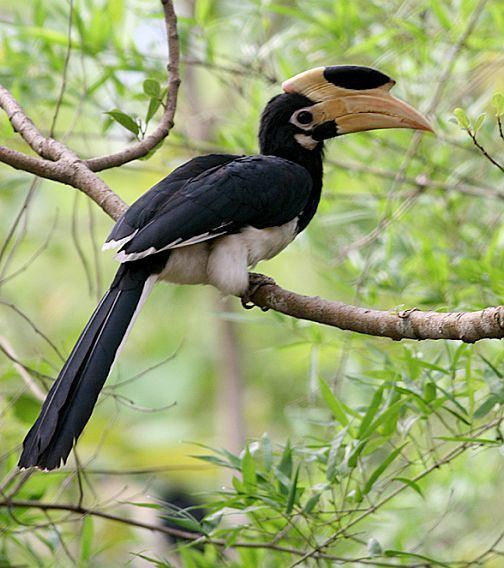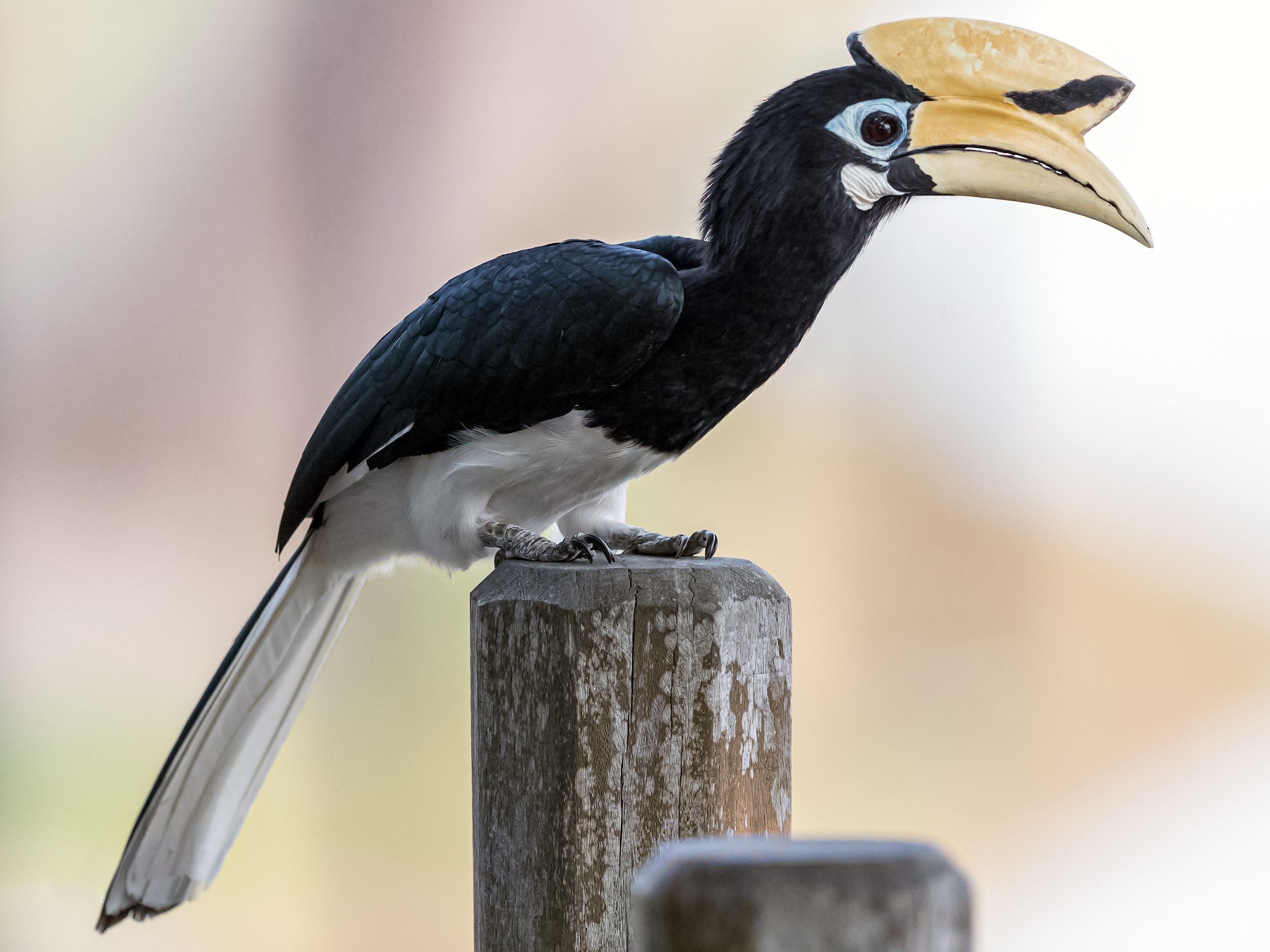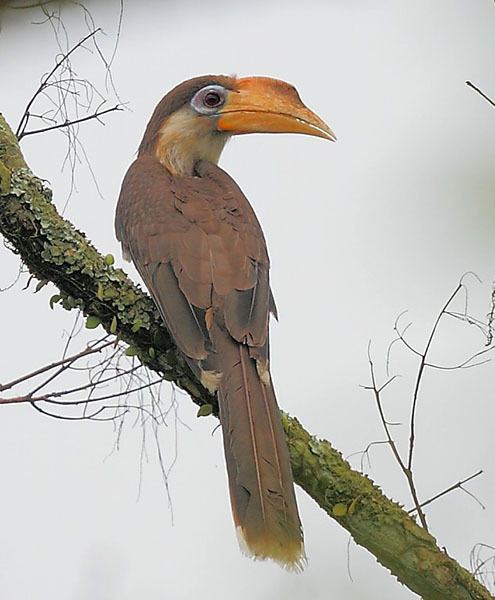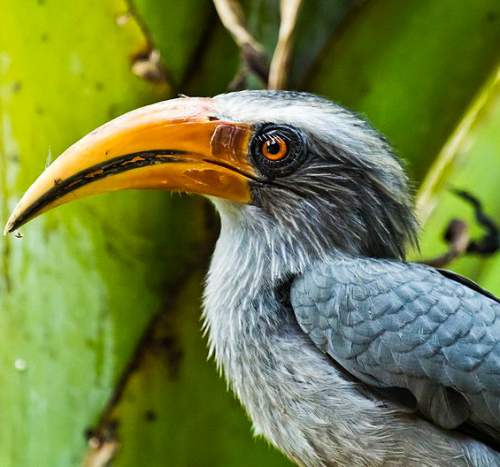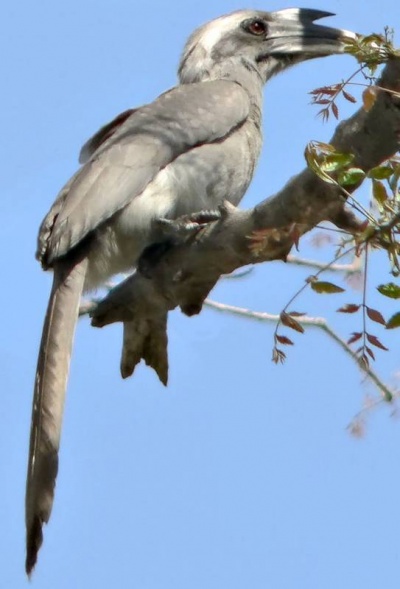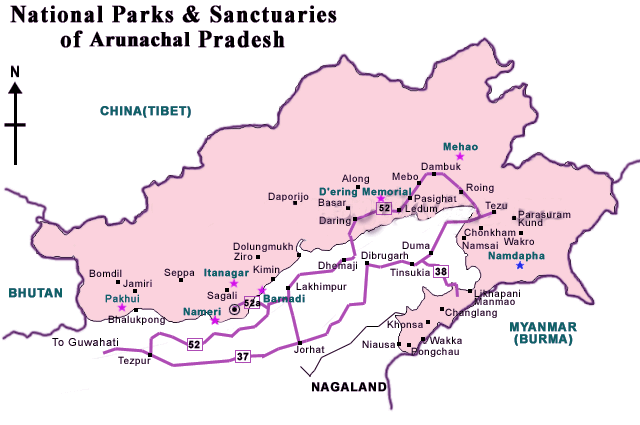Important Facts For Prelims
Save Hornbills, Save Tropical Forests
- 22 Oct 2021
- 6 min read
Why in News
Scientists from two organisations studied how fruiting plants and hornbills influenced each other’s distribution in the Namdapha Tiger Reserve, Arunachal Pradesh.
- The study strengthens the argument that hornbills are gardeners or farmers of the forest, demonstrating that they farm their own food-rich patches through their seed dispersal.
Key Points
- About the Study:
- Hornbills have a symbiotic relationship with several canopy trees in tropical forests. In the longer term, this likely creates orchards that continue attracting hornbills.
- The study shows that forest patches that have rare trees like Canarium, attract hornbills in large numbers (for food). In turn, hornbills end up dispersing seeds of a diverse array of plant species in higher numbers in these patches.
- Hornbills:
- About: The hornbills (Family Bucerotidae) are a family of birds found in tropical and subtropical Africa and Asia.
- In India: India is home to nine species of hornbills.
- The northeastern region has the highest diversity of hornbill species within India.
- They are the cultural symbols of some ethnic communities in the northeast, specifically the Nyishi of Arunachal Pradesh.
- The Hornbill festival celebrated in Nagaland is named after the bird – Hornbill which is the most revered and admired bird for the Nagas.
- Threats:
- Hornbills are hunted for their casques - upper beak - and feathers for adorning headgear. They are also poached for their meat and medicinal value of their body parts.
- A conservation programme promoting the use of fibre-glass beaks for headgear instead of real hornbill casques has helped reduce some threat to it.
- Illegal logging i.e. cutting of tall trees where the hornbill birds nest and feed has led to destruction of its natural habitat.
- Hornbills are hunted for their casques - upper beak - and feathers for adorning headgear. They are also poached for their meat and medicinal value of their body parts.
|
India’s 9 Hornbill Species |
||
|
Rufous-necked Hornbill |
|
|
|
|
|
|
|
Namdapha National Park
- About: It was declared a National Park in 1983. In the same year, it was also declared as a Tiger Reserve.
- Geography:
- It lies at the international border between India and Myanmar in the state of Arunachal Pradesh.
- Namdapha is surrounded by the Patkai hills to the south and south-east and by the Himalaya in the north.
- Namdapha is in fact the name of a river originating in the Park and it meets Noa-Dehing river. The Noa-Dehing river, is a tributary of the Brahmaputra and flows in a North-South direction in the middle of the National Park.
- Climate: Enjoys the sub-tropical climate. The mountainous part has a mountain type of climate while the low lying plains and valleys experience tropical climate.
- Vegetation: The vegetation is characteristic of tropical evergreen forests (Tropical Rain Forests).
- Fauna:
- It is the only park in the World to have the four species of big cat namely the Tiger, Leopard, Snow Leopard and Clouded Leopard.
- A number of primate species such as Assamese macaque, pig-tailed macaque, stump-tailed macaque.
- Hoolock Gibbons, the only ‘ape’ species found in India is found in this National Park.
- Of the many other important animals are the elephants, black bear, Indian Bison, and a variety of arboreal animals.
- Among the bird species, most notable are the White winged Wood Ducks, a rare and endangered species. It is also home to 5 out of 9 species of Hornbill including the great Indian hornbill.

